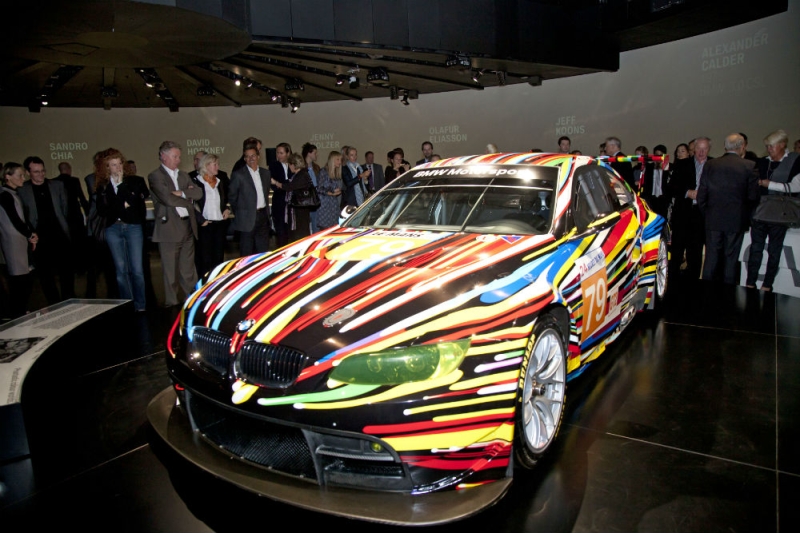
Munich was founded in 1158. Its name translated from Old German means “monk”. The city received this name thanks to the Benedictine monastery, which was located on this site since the 7th century.
Now every year 3 million people come to the capital of Bavaria to see the local attractions, go to a match of the football club of the same name, visit Oktoberfest and try the famous Bavarian beer.
Munich is the birthplace of famous breweries: Augustiner,
Spaten,
Lowenbau. There are about 15 private factories in the vicinity of the city. Some of them can be visited on a guided tour. There are even special beer tours organized specifically for tourists from Russia. They are carried out by the company RUSMUNICH.
If you are not looking for a sightseeing tour of the factories, but just want to visit a few restaurants with excellent beer, ask a guide for help. You can find it on specialized websites with excursions for travelers. For example, Kirill from Munich offers for €90 to show and tell about 4 Bavarian establishments: Augustiner, Löwenbräukeller, Assam-Schlössel and Hofbräuhaus.
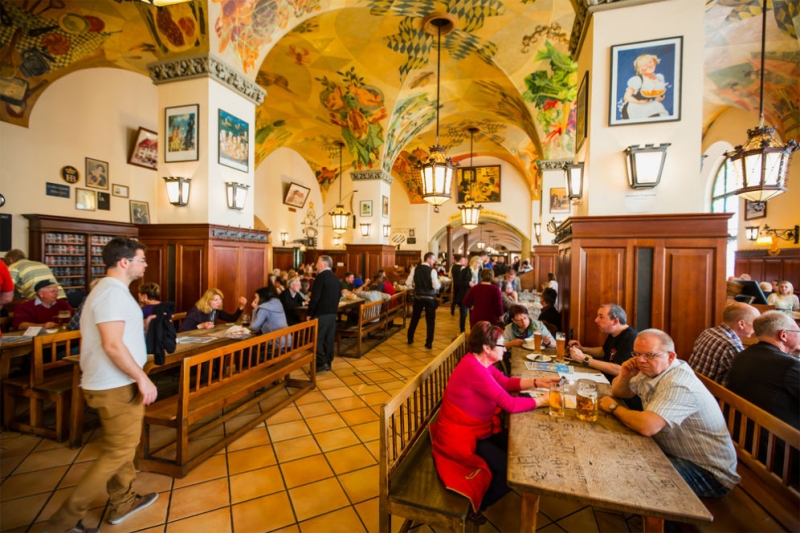
Hofbräuhaus is the most famous and popular beer garden (on the map). It has been in operation since 1607. True, for the first two centuries of its existence, the Hofbrauhaus was a closed institution. Bavarian dukes, foreign merchants and diplomats spent their time here. The situation changed in the 19th century, when King Ludwig I demanded that the price of beer be reduced by 20% so that the military and workers could also afford a glass.
Today, the restaurant with three halls and a beer garden can accommodate up to 4,000 people at a time. Every minute, according to workers’ estimates, more than 50 liters of beer are drunk here. There is a museum not far from the establishment. He tells visitors about the history of the Hofbräuhaus and German brewing in general.
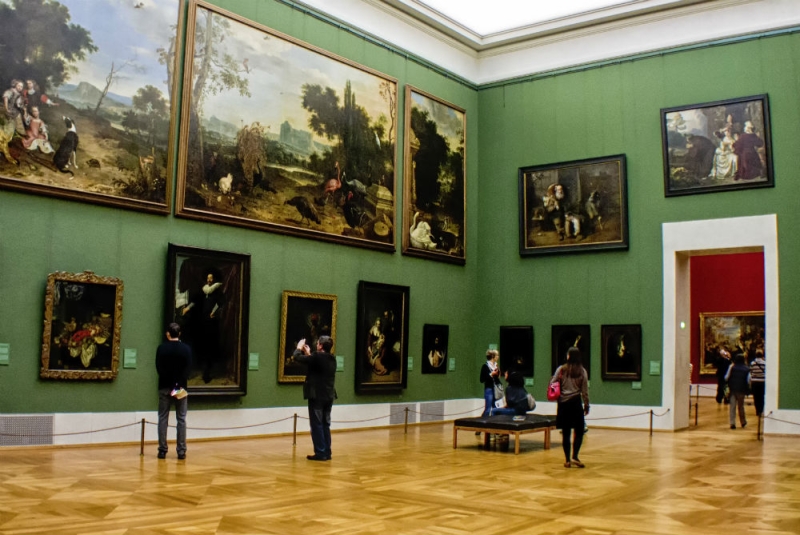
For art lovers, we recommend visiting the Alte Pinakothek (on the map). Pinakothek translated from Greek means “collection of boards with drawings.” The museum contains works of art created during the Middle Ages and the Renaissance. The Alte Pinakothek consists of 19 halls and 49 rooms, where about 700 works of art are exhibited. The Pinakothek presents works by Raphael, Leonardo da Vinci, Bosch, Rembrandt and other famous artists. The museum is open all week (except Mondays) from 10:00 to 18:00. On weekdays the entrance ticket price is €4, and on Saturday and Sunday – €1.
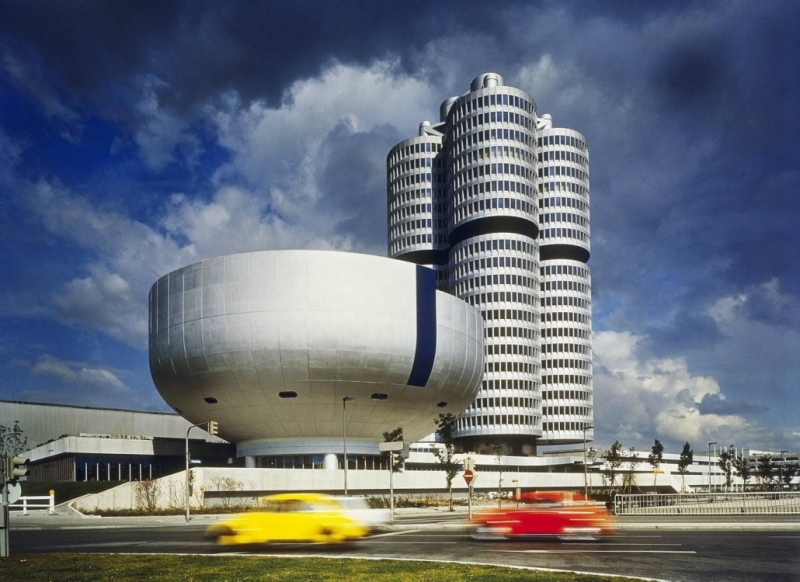
The BMW company has settled in Munich (on the map). From the outside, the 22-story residence resembles a four-cylinder car engine, and from a bird’s eye view it looks like a gas tank cap with the company logo. The building has a museum, which displays not only rare cars and motorcycles, but also aircraft engines and propellers, which the company was originally involved in developing. You can visit the museum any day of the week from 09:00 to 18:00. Entry costs €10.
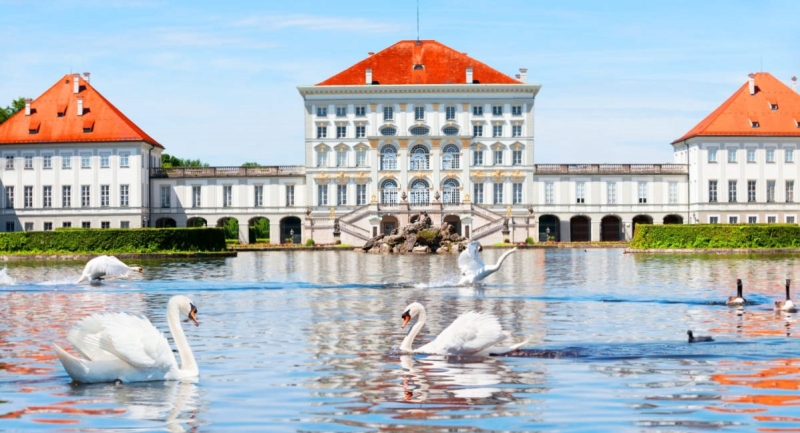
In the west of Munich is the Nymphenburg Palace (on the map). The architectural complex of the Wittelsbach dynasty was founded in 1664 and is designed in the Baroque style. Several state rooms, an art gallery and a number of exhibitions are available for inspection:
- Crew Museum;
- Porcelain Museum;
- Museum “Man and Nature”.
Swans swim in the canals near the Nymphenburg Palace, and nearby there is a park ensemble with a fountain. There is a small porcelain factory nearby. The most beautiful examples of his products are exhibited in the palace.
Entrance to the park and palace is paid. The cost of a full ticket is €11.5.
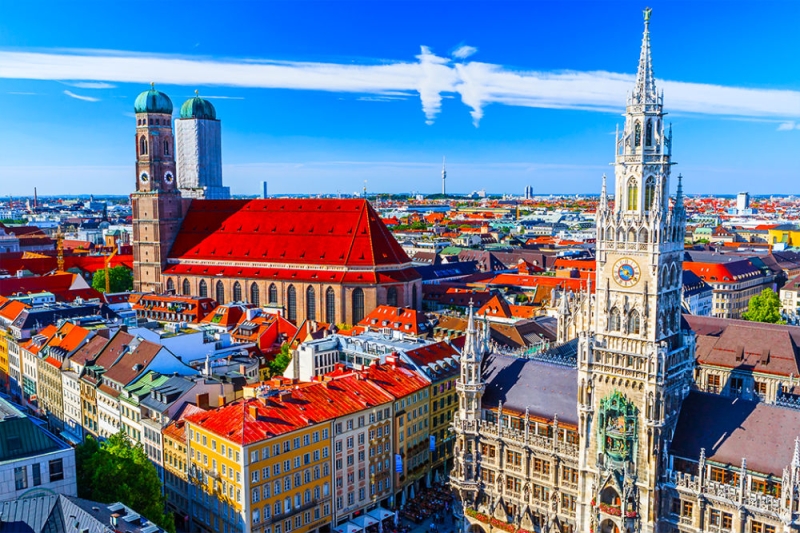
You can get to Munich from Russia by plane, train, bus or car. The flight from the capital will take about 3 hours. Tickets cost from 6 thousand rubles.
A weekend will cost you from 11,307 rubles per person, thanks to the new OneTwoTrip “Flight + Hotel” product.


